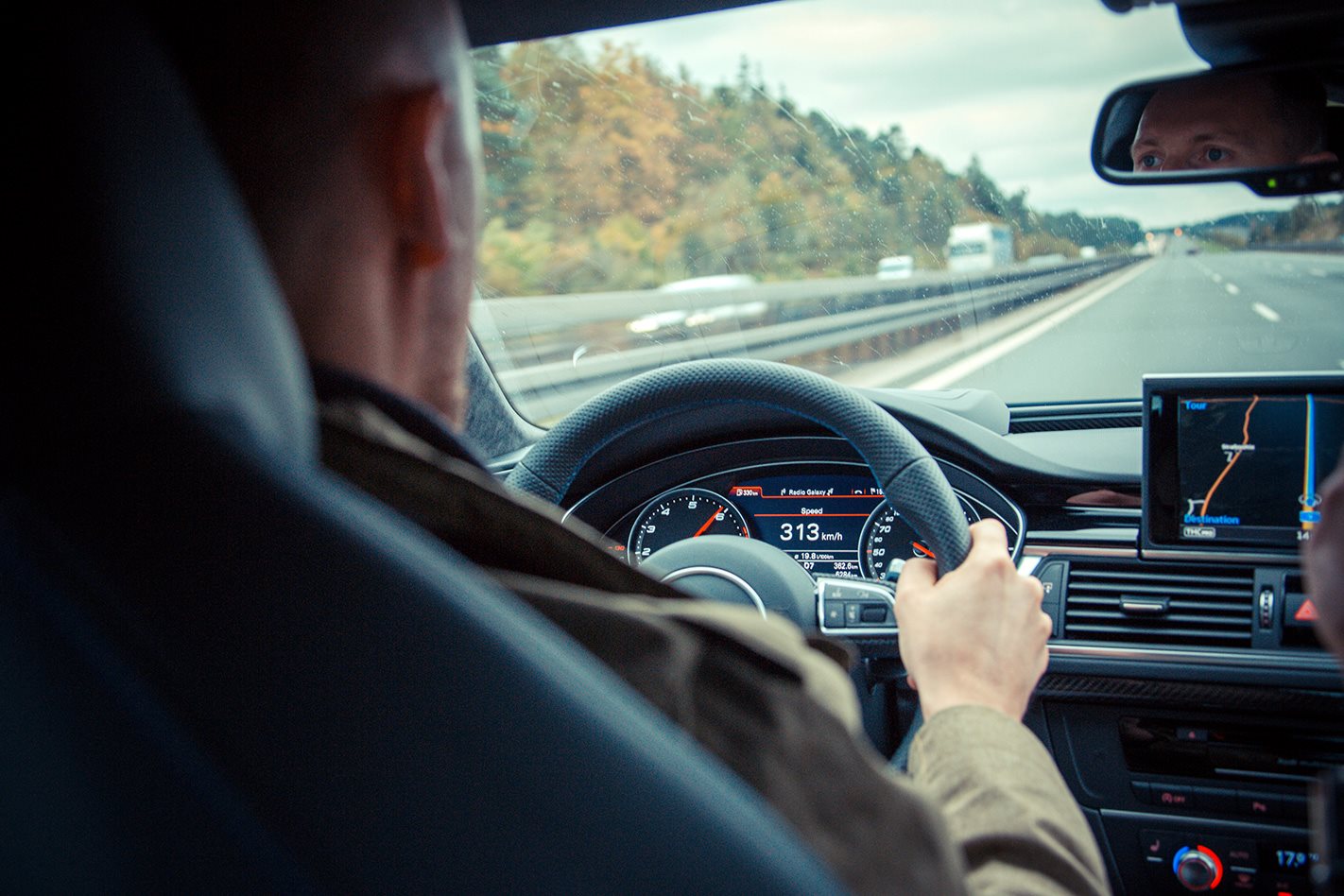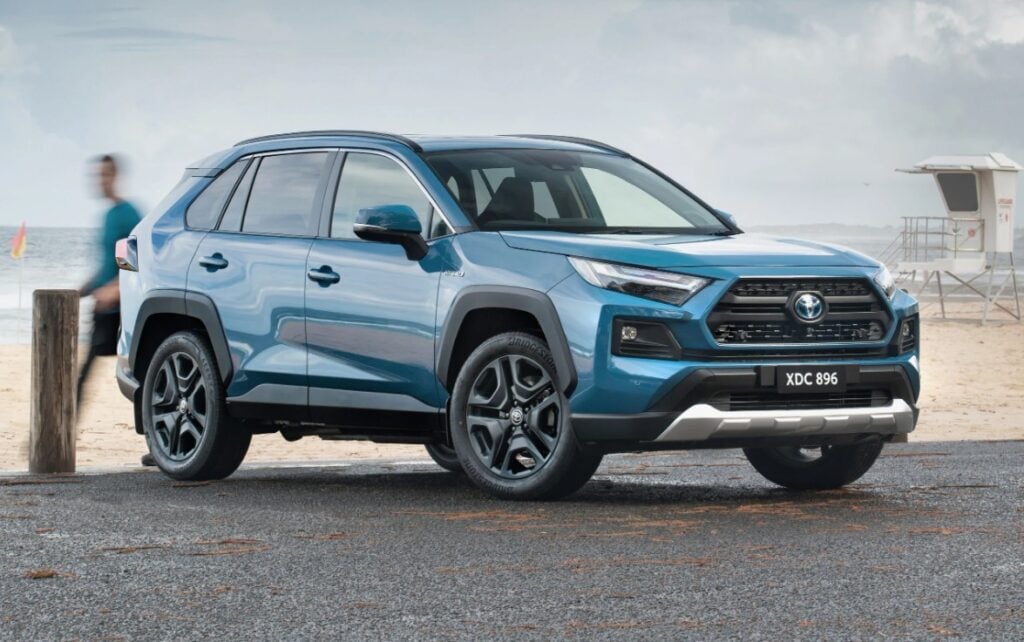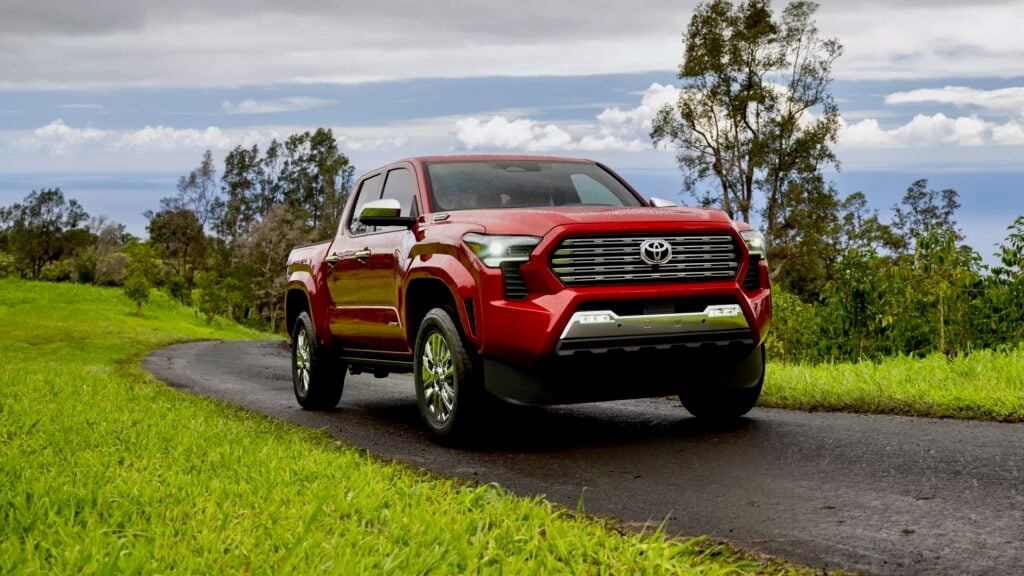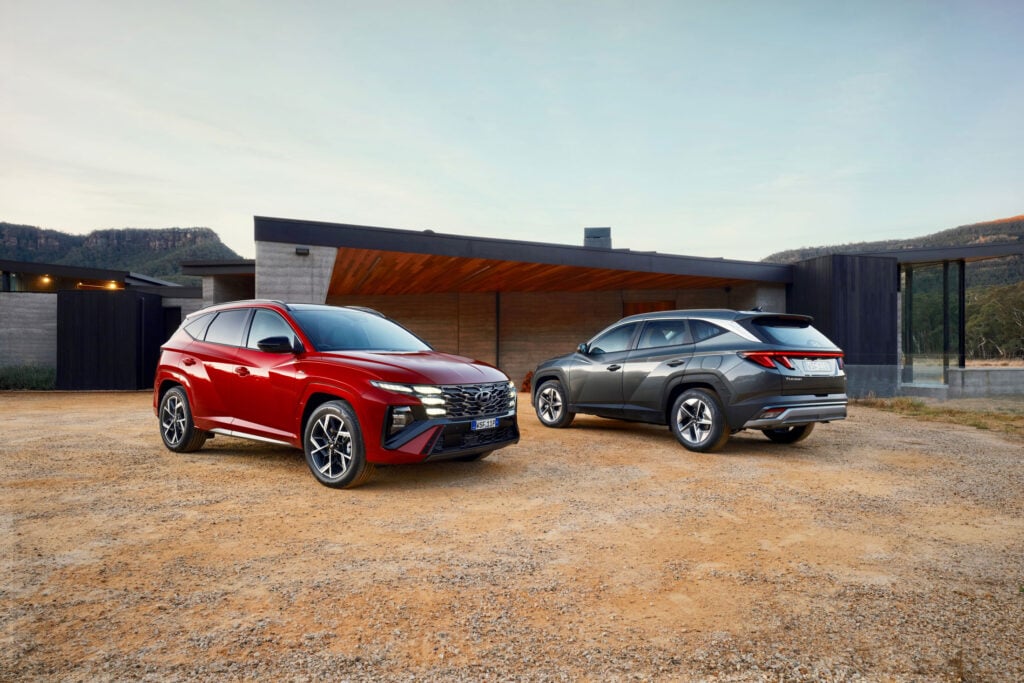There are two ways you can legally do 300km/h in Australia.
You could drive to the derestricted bit of Stuart Highway near Alice Springs. From Sydney it’s 2774km, from Melbourne 2255km, Brisbane 3000km. Practical? Not entirely.
And that’s overlooking the fact it’s no billion-dollar dual-carriageway. Your 911 Turbo’s also going to need ’roo whistles.
Option two is an airport. To hire one, you’ll need an account balance that looks more like an international phone number. But we still suggest doing 300km/h on a runway, just sipping champers and reading MOTOR as your jumbo lifts off. On its way to Germany.
For readers wishing to join the 300km/h club, MOTOR gives you its short-but-sweet guide to high-speed ’bahn burning.
1. THE RIGHT CAR You might think this is the hard part but, in fact, it’s relatively easy with a bit of disposable income. And the good news is you don’t need to be a mining magnate.
Of course, if you’re a coal baron you’ll be interested to hear you can hire a Bugatti Veyron Grand Vitesse in Europe for only, er, $23,000 a day. You’ll also need $230K for a security deposit. We might save that one for our “guide to 400km/h”.
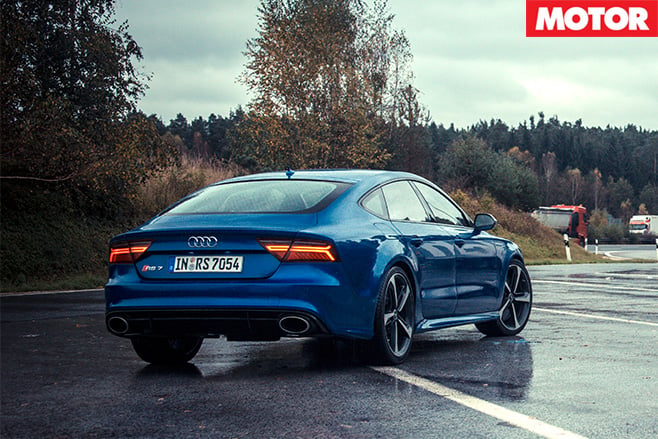
In Germany you can hire one for as little as $450 a day (there’s a $7600 security deposit to frighten off the dills). If you think $450, and a deposit that’ll melt your Visa, still sounds a little steep, think of it this way: for 16 hours that’s $28 an hour.
Remind us, how much did you last pay to drive a nine-horsepower go kart around your local hire kart joint for 15 minutes? Exactly. So you’ve got your car and we assume you’ve sorted your flights and accom (it’s a long way to swim). Time for step two.
2. THE RIGHT TIME Just like Australia, German roads can choke with holiday traffic – not ideal for your safe top speed run. MOTOR’s German correspondent Georg Kacher recommends heading to Deutschland “May/June and September/October. There’s little holiday traffic, decent weather. And you want to head out mid-week or an early weekend morning.”
3. THE RIGHT ROAD They might criss-cross Germany like a fishnet stocking but not all autobahns are equal. You want a stretch that’s ideally three lanes, largely empty of traffic and devoid of the road works that regularly pop up on autobahns.
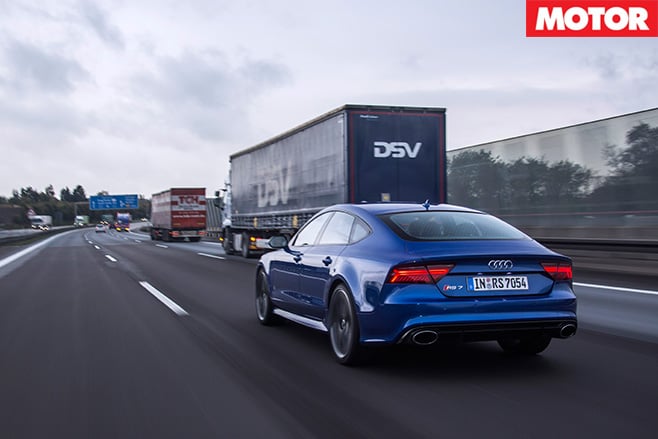
Remember, only certain parts are derestricted so keep an eye out for the sign (as seen above). Even then, the speed limit is a “recommended” 130km/h. You can travel any speed so long as it’s within the ability of your experience and your car. It’s a responsibility that’ll feel foreign – and not just because you’re overseas.
4. BE PREPARED An autobahn blast requires you to channel your inner boy scout. By that, we mean make sure you’re feeling up to the job – and the conditions are right.
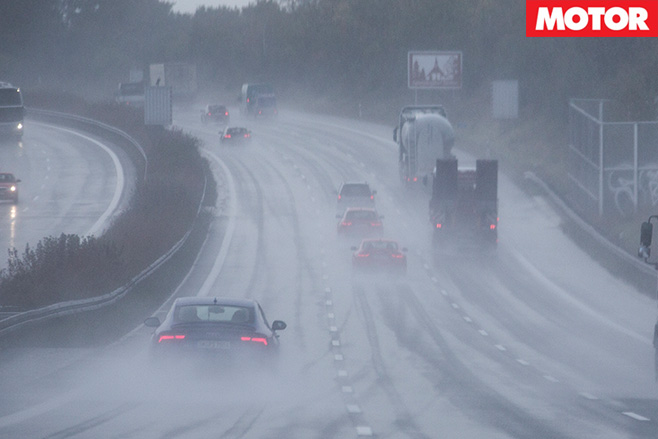
Make sure you’ve got plenty of fuel. Make sure you’re not jet-lagged but if you can’t avoid it, time your run for the morning – it’s evening back in Australia so your body still thinks it’s awake.
Make sure you’re suitably acclimatised to the steering wheel on the wrong side, and the fact the fast lane is the far left – the slow lane the far right. You might want to take a GoPro or similar. Make sure it’s ready to go before your run – so you can set a bad example for your grandkids.
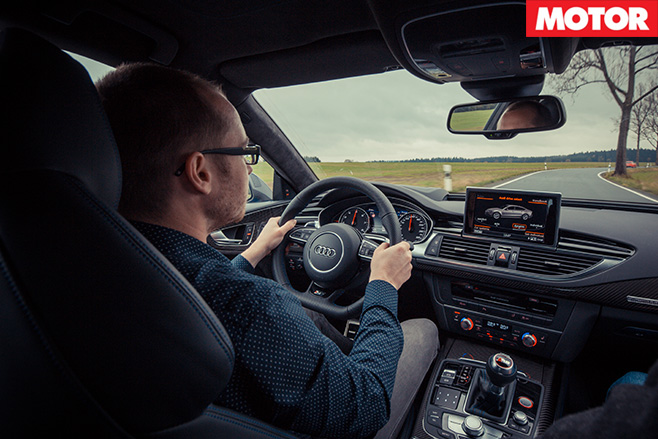
5. YOU’RE READY TO GO Before you give her the berries, it helps to know the rules of the ’bahn. (The Germans love a good rule.)
First, never overtake in the autobahn’s middle or right lanes. We can’t stress this enough. German lane etiquette is world-class – you won’t get fast-lane dawdlers here and they’ll always move right. Second, it’s not rude to flash your lights. In fact, if the tacho needle is past noon in top gear, it’s wise to hit those high beams every few seconds.
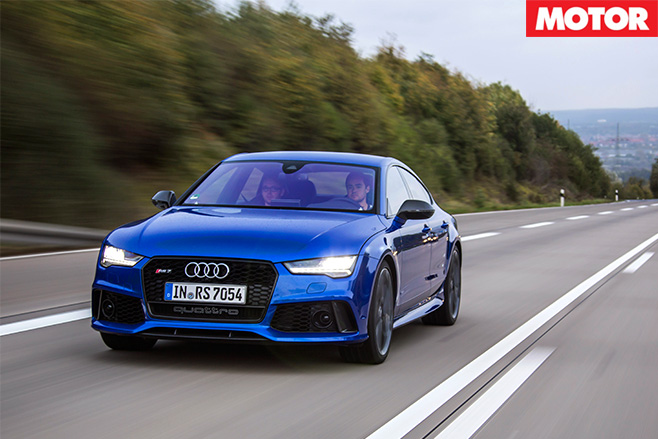
All that out of the way and you’ve found a straight bit of ’bahn, the sun’s out, the traffic’s light, you’re feeling good. Time to move into that far left lane. Since you ended up hiring that R8, you open the taps at 150km/h. Seven seconds later, you’re seeing 200km/h, 7900rpm. Pluck fifth gear. Here’s a tip: keep your eyes on the horizon, scanning across the lanes. Give the high beams a flash.
Keep your foot in it. It feels like an eternity winding out fifth – 7750rpm, 7800rpm, 7850rpm, 7900rpm – but finally, you grab sixth, 250km/h now. Things are whooshing past pretty rapidly, cars in the middle lane included. The acceleration is slowing as you push into a wall of wind.
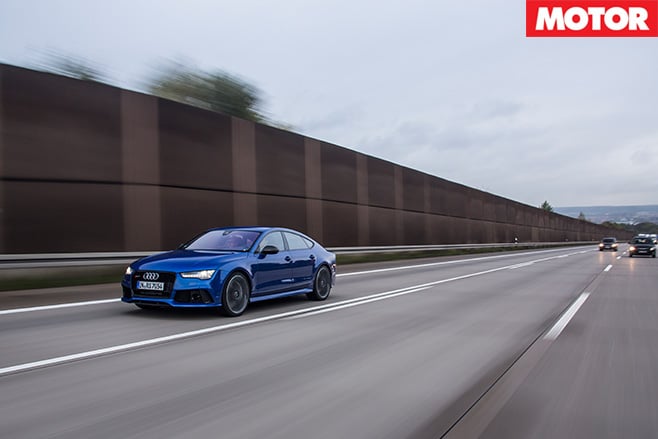
At 295km/h, the thing’s roaring – engine, tyres, wind. Your heart’s racing, you’re perspiring, your mouth is drying. You’re almost there. 295, 296, 297. 7700rpm. As the speed clocks over in slow motion, resist the temptation to watch it. Eyes up.
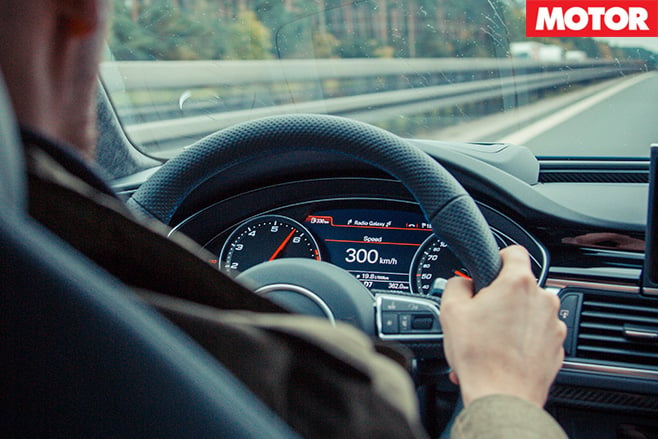
Move into the middle lane – 150km/h will feel like jogging pace. In an R8 V8, it’s taken three and a half minutes and around 13km to go from 150 to 300km/h but you’ve bloody well done it – you’ve joined the 300 club. And you didn’t even have to drive to Alice Springs.
KACHER’S BEST OF THE ’BAHN
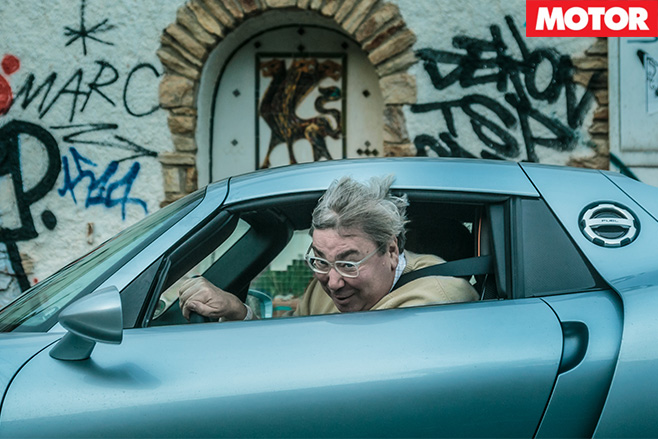
1. A31, Essen to Emden, 253km. And parallel to it – but not quite as relaxed.
2. A1, Osnabrück to Oldenburg, 109km.
3. A24/A19, Berlin to Rostock, 234km. Great stuff; a few random speed limits.
4. A38, Göttingen to Leipzig, 229km. If the Nürburgring was reborn as autobahn, this would be it.
5. A3, Frankfurt to Bonn, 174km. Can get busy in the day, but tempting at night. Three lanes all the way!
6. A62, Landstuhl to Nonnweiler, 58km. Classic case for a 200km/h speed limit. Quick and challenging.
7. A5, Karlsruhe to Basel, 193km. Almost no corners but a lot of traffic. Ideal for beginners, Sunday morning.
8. A92, Munich to Deggendorf, 145km. Flat-out, engine-killing stretch. Boring landscape.
9. A96, Landsberg to Bregenz, 124km. Only two lanes, but wow. Watch out for deer and boars.

